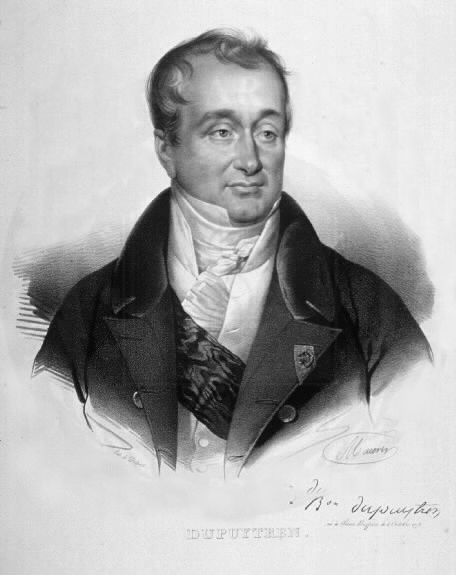Concussion historical perspective
|
Concussion Microchapters |
|
Diagnosis |
|---|
|
Treatment |
|
Case Studies |
|
Concussion historical perspective On the Web |
|
American Roentgen Ray Society Images of Concussion historical perspective |
|
Risk calculators and risk factors for Concussion historical perspective |
Editor-In-Chief: C. Michael Gibson, M.S., M.D. [1]
Historical Perspective


The Hippocratic Corpus, collection of medical works from ancient Greece, mentions concussion, later translated to commotio cerebri, and discusses loss of speech, hearing and sight that can result from "commotion of the brain".[1] This idea of disruption of mental function by 'shaking of the brain' remained the widely accepted understanding of concussion until the 19th century.[1] The Persian physician Muhammad ibn Zakarīya Rāzi was the first to write about concussion as distinct from other types of head injury in the 10th century AD.[2] He may have been the first to use the term "cerebral concussion", and his definition of the condition, a transient loss of function with no physical damage, set the stage for the medical understanding of the condition for centuries.[3] In the 13th century, the physician Lanfranc of Milan's Chiurgia Magna described concussion as brain "commotion", also recognizing a difference between concussion and other types of traumatic brain injury (though many of his contemporaries did not), and discussing the transience of post-concussion symptoms as a result of temporary loss of function from the injury. In the 14th century, the surgeon Guy de Chauliac pointed out the relatively good prognosis of concussion as compared to more severe types of head trauma such as skull fractures and penetrating head trauma.[2] In the 16th century, the term "concussion" came into use, and symptoms such as confusion, lethargy, and memory problems were described.[2] The 16th century physician Ambroise Paré used the term commotio cerebri,[3] as well as "shaking of the brain", "commotion", and "concussion".
Until the 17th century, concussion was usually described by its clinical features, but after the invention of the microscope, more physicians began exploring underlying physical and structural mechanisms.[2] However, the prevailing view in the 17th century was that the injury did not result from physical damage, and this view continued to be widely held throughout the 18th century.[2]
The word "concussion" was used at the time to describe the state of unconsciousness and other functional problems that resulted from the impact, rather than a physiological condition.[2]
In 1839, Guillaume Dupuytren described brain contusions, which involve many small hemorrhages, as contusio cerebri and showed the difference between unconsciousness associated with damage to the brain parenchyma and that due to concussion, without such injury. In 1941, animal experiments showed that no macroscopic damage occurs in concussion.[4]
The debate over whether concussion is a functional or structural phenomenon is ongoing.[2] Structural damage has been found in the mildly traumatically injured brains of animals, but it is not clear whether these changes would be applicable to humans. Such changes in brain structure could be responsible for certain symptoms such as visual disturbances, but other sets of symptoms, especially those of a psychological nature, are more likely to be caused by reversible pathophysiological changes in cellular function that occur after concussion, such as alterations in neurons' biochemistry.
These reversible changes could also explain why dysfunction is frequently temporary.[2] A task force of head injury experts called the Concussion In Sport Group met in 2001 and decided that "concussion may result in neuropathological changes but the acute clinical symptoms largely reflect a functional disturbance rather than structural injury.
References
- ↑ Jump up to: 1.0 1.1 1.2 1.3 Masferrer R, Masferrer M, Prendergast V, Harrington TR (2000). "Grading scale for cerebral concussions". BNI Quarterly. Barrow Neurological Institute. 16 (1). ISSN 0894-5799.
- ↑ Jump up to: 2.0 2.1 2.2 2.3 2.4 2.5 2.6 2.7 2.8 McCrory PR, Berkovic SF (2001). "Concussion: The history of clinical and pathophysiological concepts and misconceptions". Neurology. 57 (12): 2283–89. PMID 11756611.
- ↑ Jump up to: 3.0 3.1 Sivák Š, Kurča E, Jančovič D, Petriščák Š, Kučera P (2005). "An outline of the current concepts of mild brain injury with emphasis on the adult population" (PDF). Časopis Lėkařů Českých. 144 (7): 445–450.
- ↑ Denny-Brown D, Russell WR (1940). "Experimental cerebral concussion". Journal of Physiology. 99 (1): 153. PMID 16995229.